I tested the new iPad Air, and it's like a tablet and MacBook rolled into one
Now with an M3 chip and a new Magic Keyboard option, the iPad Air M3 promises to not only be the best portable tablet but a real mini laptop replacement, too

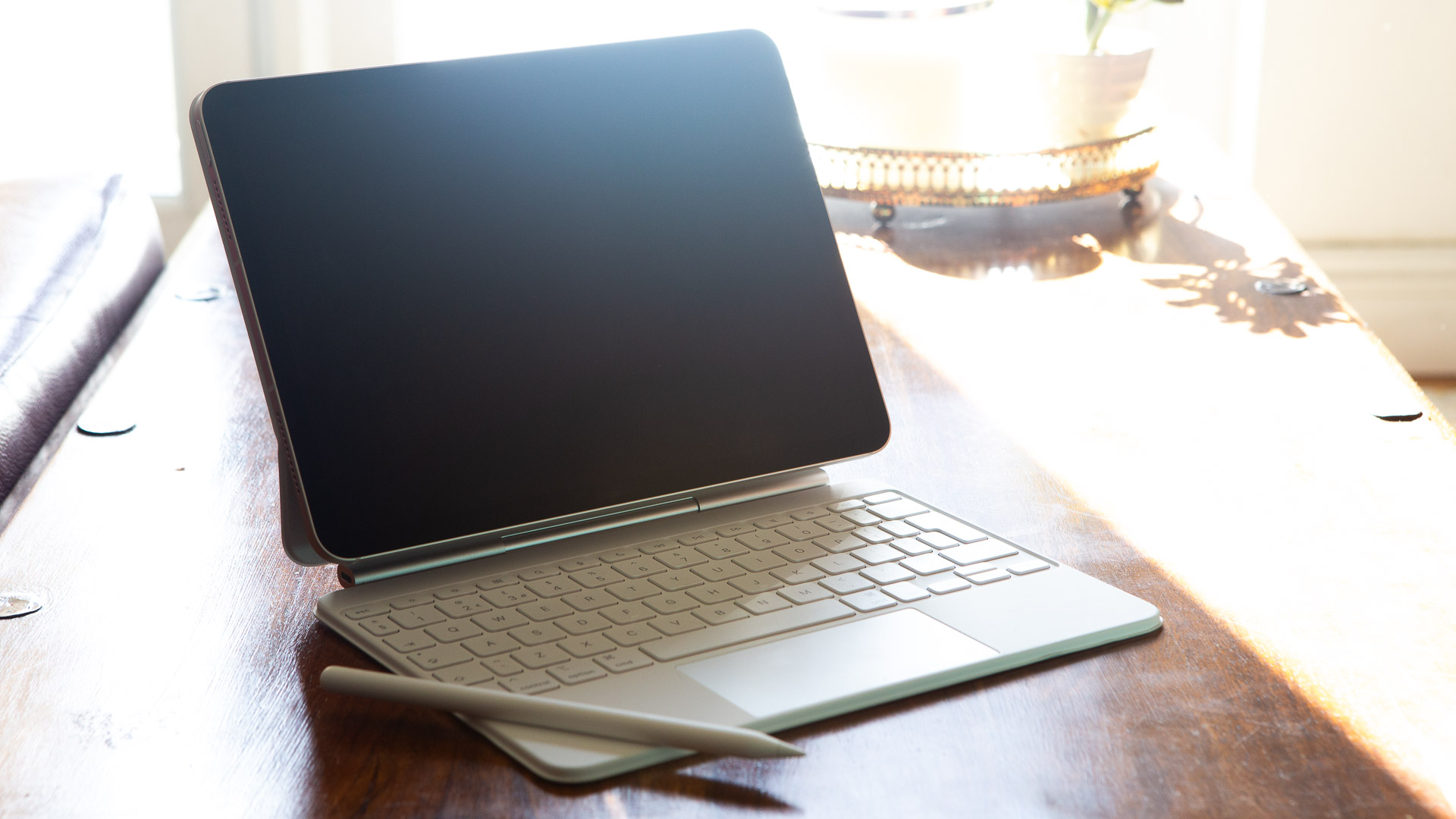
Still the best iPad for most people, the iPad Air M3 offers an incredibly powerful solution in a very compact form. It’s perfect for creators, thanks to the Apple Pencil Pro support and with the new Magic Keyboard, it’s a bona fide laptop alternative. However, the 13-inch version is probably the more logical pick for that.
-
+
Super fast M3 chip
-
+
Choice of two sizes
-
+
New Magic Keyboard is excellent
-
-
Small change from the previous version
-
-
iPadOS still isn’t as good as macOS for some functions
-
-
No Face ID
Why you can trust T3

The iPad Air sits in the sweet spot of Apple’s tablet range. Much like the MacBook Air, which remains the best iPad for most people in the laptop range, the iPad Air is likely to be the perfect trade-off between the performance of the iPad Pro M4 and the price of the standard iPad (A16).
With the latest model, the iPad Air M3 has pushed the performance part of this tablet even further, providing it with more power than most users will ever need. Aside from this new chip, little has changed on the iPad Air. The biggest difference actually being the new Magic Keyboard that is compatible with it, turning this touchscreen tablet into something closer to a laptop, or a hybrid device.
Until 2019, Apple had three options in its MacBook range. The 12-inch MacBook sat below the MacBook Air and the MacBook Pro, offering a more basic spec for a lower price. For most people, though, it was still more than powerful enough and relatively affordable.
The iPad range still has three versions, with a standard iPad – the iPad A16 – sitting below the iPad Air and iPad Pro. There are plenty of reasons why you would choose the iPad Air M3 over the iPad A16, not least the M3 chip and the Apple Intelligence features that brings.
But what if the iPad M3 is now also filling the space left by the standard MacBook? Thanks to its fast performance and new keyboard, that is exactly what it is doing. I’ve been using the 11-inch iPad Air M3 for a couple of weeks now. I wanted to see not only how it performed as a touchscreen tablet, but also as a laptop replacement. So, as well as using it with the Magic Keyboard attached, I used it to write this review.
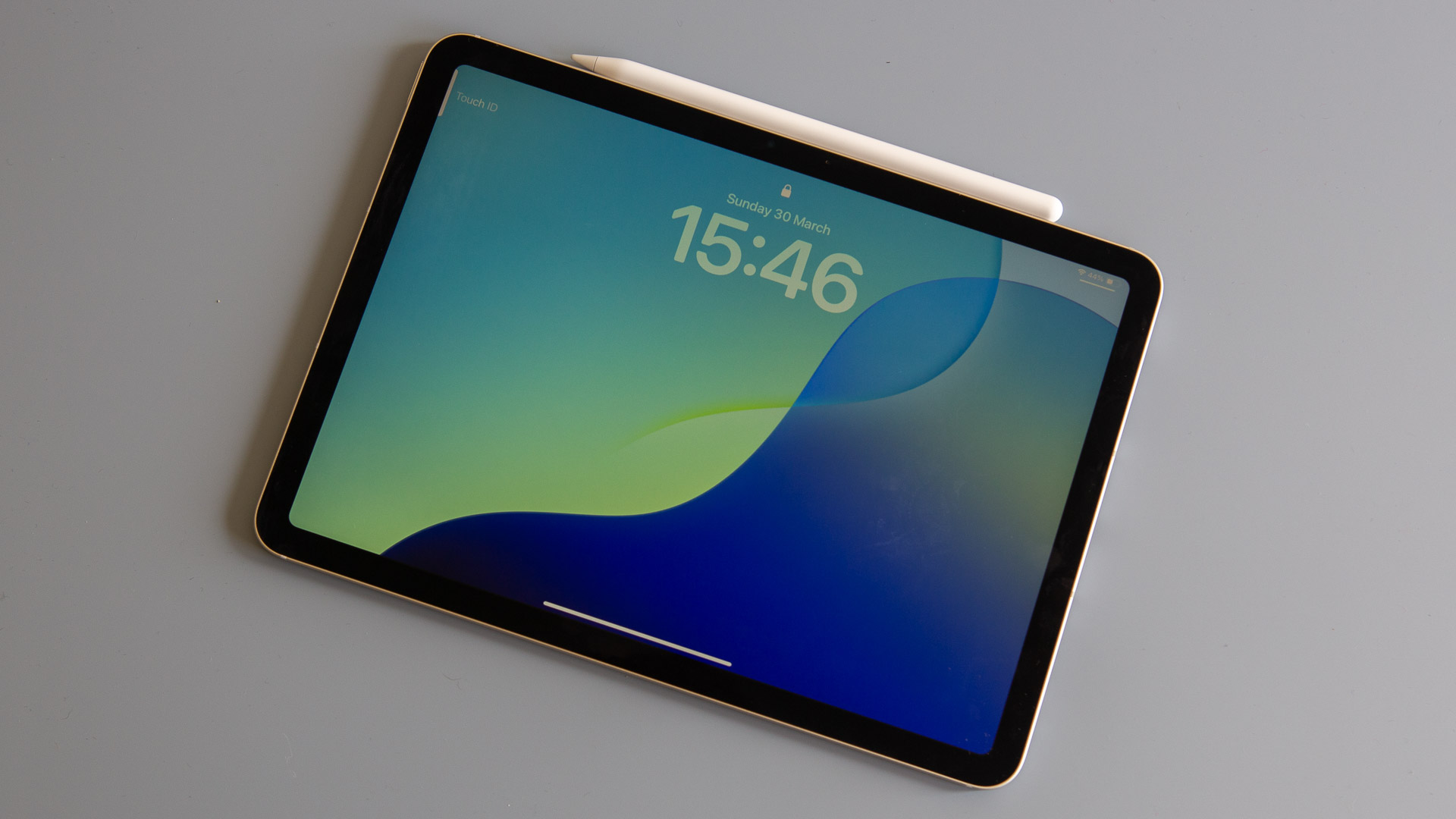
How much is the iPad Air M3?
Originally announced on 4th March, the iPad Air M3 went on sale on Wednesday, 12th March 2025. It is available in two sizes, the 11-inch model starting from £599 / $599 / A$999 and the 13-inch model from £799 / $799 / A$1349.
There’s a choice of four colours (starlight, purple, blue and space grey), and a choice of four storage options ranging from 128GB up to 1TB. You can also choose between the standard Wi-Fi only model and the Wi-Fi + Cellular model, which allows you to add a data connection in the form of an eSIM to the device.
Get all the latest news, reviews, deals and buying guides on gorgeous tech, home and active products from the T3 experts
The top-spec 13-inch iPad Air with 1TB storage and cellular will cost you £1449 / $1449 / A$2499. There’s also the option to add either the Apple Pencil Pro or the Apple Pencil (USB-C) for £129 / $129/ A$219 and £79 / $79 / A$139 respectively. The Magic Keyboard is an extra £269 / $269 / A$449 for the 11-inch version, or £299 / $299 / A$499 for the 13-inch version.
I tested the 11-inch model, with 1TB storage and cellular connection, which retails at £1249 in the UK.
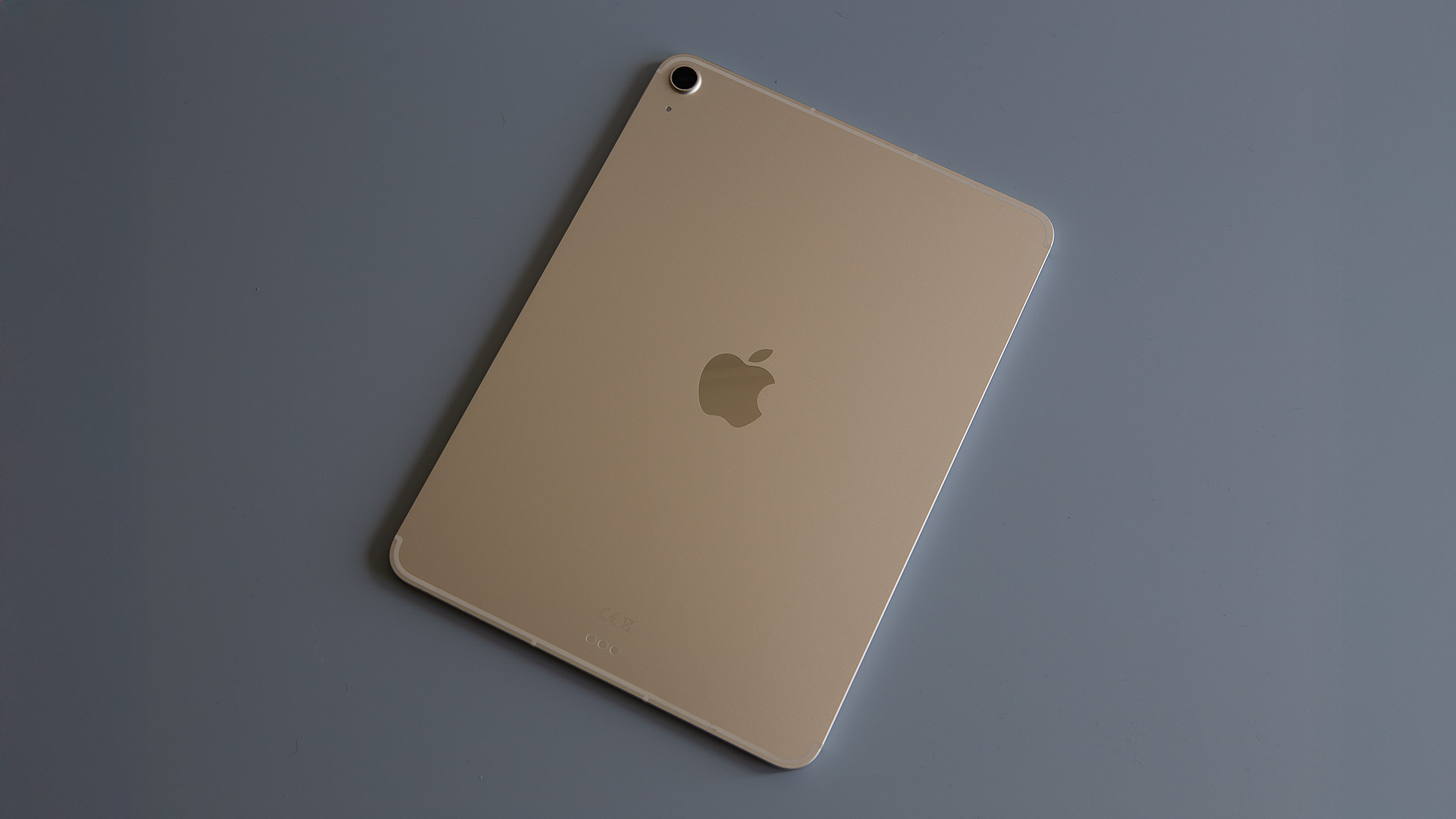
What's new on the iPad Air M3?
As with the iPad Air M2, the new version comes in both 11-inch and 13-inch sizes. That 13-inch model gives you 30% more screen space than the 11-inch, which is perhaps more suited if you are looking for a laptop replacement. However, as the smaller model is £200/$200 cheaper, it’s likely to be the more popular choice for those regular tablet users.
Having used last year’s 13-inch model, I actually quite like the smaller 11-inch option. I found I would pack it in addition to a laptop rather than instead of one, and use it when space didn’t allow for the larger footprint of a laptop, such as on a train or plane, or when I just wanted to watch a film, play a game or check a website.
There are two 12MP cameras on the device, on on the rear, which is handy for taking snaps or to scan documents, and one on the front for video calls or selfies. As with the M2 version, the front camera is mounted on the longer edge, so it sits centrally while using the iPad Air on the Magic Keyboard or the folio in its standing position. This also includes the Centre Stage function, which allows the camera to reframe as you move around, thanks to the larger sensor.
For wireless data connections, it uses Wi-Fi 6E and 5G. None of Apple’s devices has yet to opt for the new Wi-Fi 7 connection, but this is still a way off being a common format for Wi-Fi routers. The Wi-Fi is dual band though, so you can connect to another device via Wi-Fi while maintaining a data connection. For cellular connection, it uses an eSIM rather than a physical SIM slot.
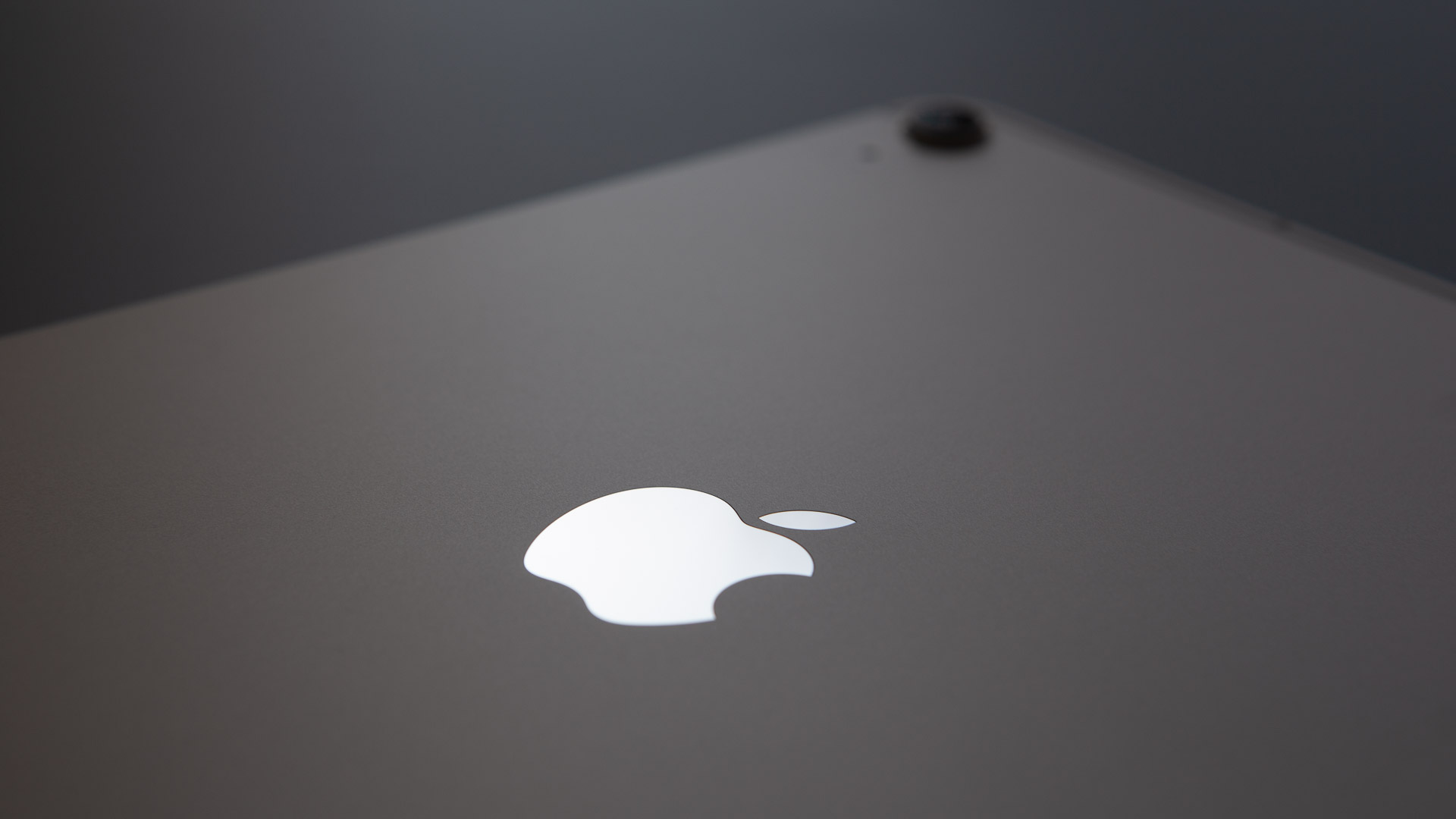
There’s a USB-C port for charging and data connection. This is capable of 10Gb/s speeds and even allows you to connect to external displays, such as the Studio Display, to provide 5k resolution (or 6k on the Pro Display). There’s also Bluetooth 5.3 for connection to compatible devices, such as AirPods or the Apple Pencil.
Physically, the 11-inch iPad Air has changed very little from either the 4th or 5th generation iPad Air devices, before the M2. With dimensions of 247.6mm (9.74in) x 178.5mm (7.02in) x 6.1mm (0.24in) for the 11-inch and 280.6mm (11.04in) x 214.9mm (8.46in) x 6.1mm (0.24in) for the 13-inch, it is exactly the same as the M2 model. The only small change is that both are fractionally lighter, by 2 grams (0.071oz) and 1 gram (0.035oz) respectively.
Interestingly, the iPad Pro models are both thinner and lighter than the respective 11-inch and 13-inch iPad Airs. This is contrary to the set-up with the MacBook Air and Pro models.
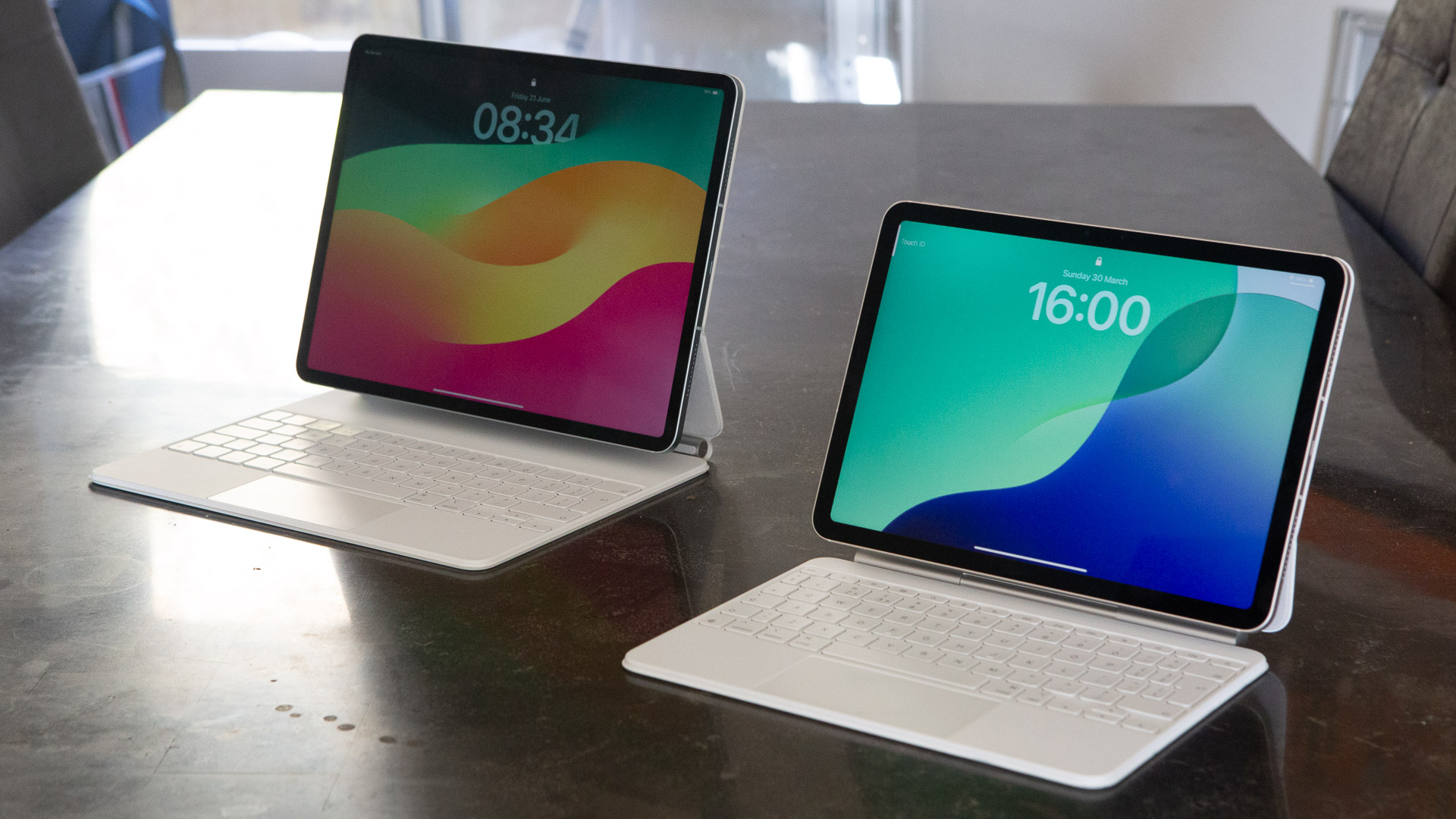
iPad Air M2 13-inch (left) and iPad Air M3 11-inch (right)
iPad Air M3 display
The Liquid Retina display on the iPad Air does look fantastic, with its P3 wide colour and True Tone. While it has an anti-reflective coating, there’s no nano-texture glass option here, like there is on the Pro models.
The 13-inch has a higher SDR brightness than the 11-inch, of 600 nits compared to 500 nits, but this is still more than bright enough for general use. I currently have it set to less than half brightness for indoor use.
With 2360 x 1640 pixels and 2732 x 2048 pixels respectively, the 11-inch and 13-inch iPad Air’s both provide a 264ppi resolution, which is the same as the Pro screens. The difference is the the Pro models use a tandem OLED display, which is both brighter and has a faster refresh rate. You need to put them side by side to notice any difference, but in isolation, the quality looks great.
I watched the first long running scene of Severance season 2 episode 1 and the last episode of Silo season 2, which is practically in darkness. Both looked incredible, even on this smaller 11-inch model. I’ve also watched seasons of For All Mankind while on a plane, and it still looked great.
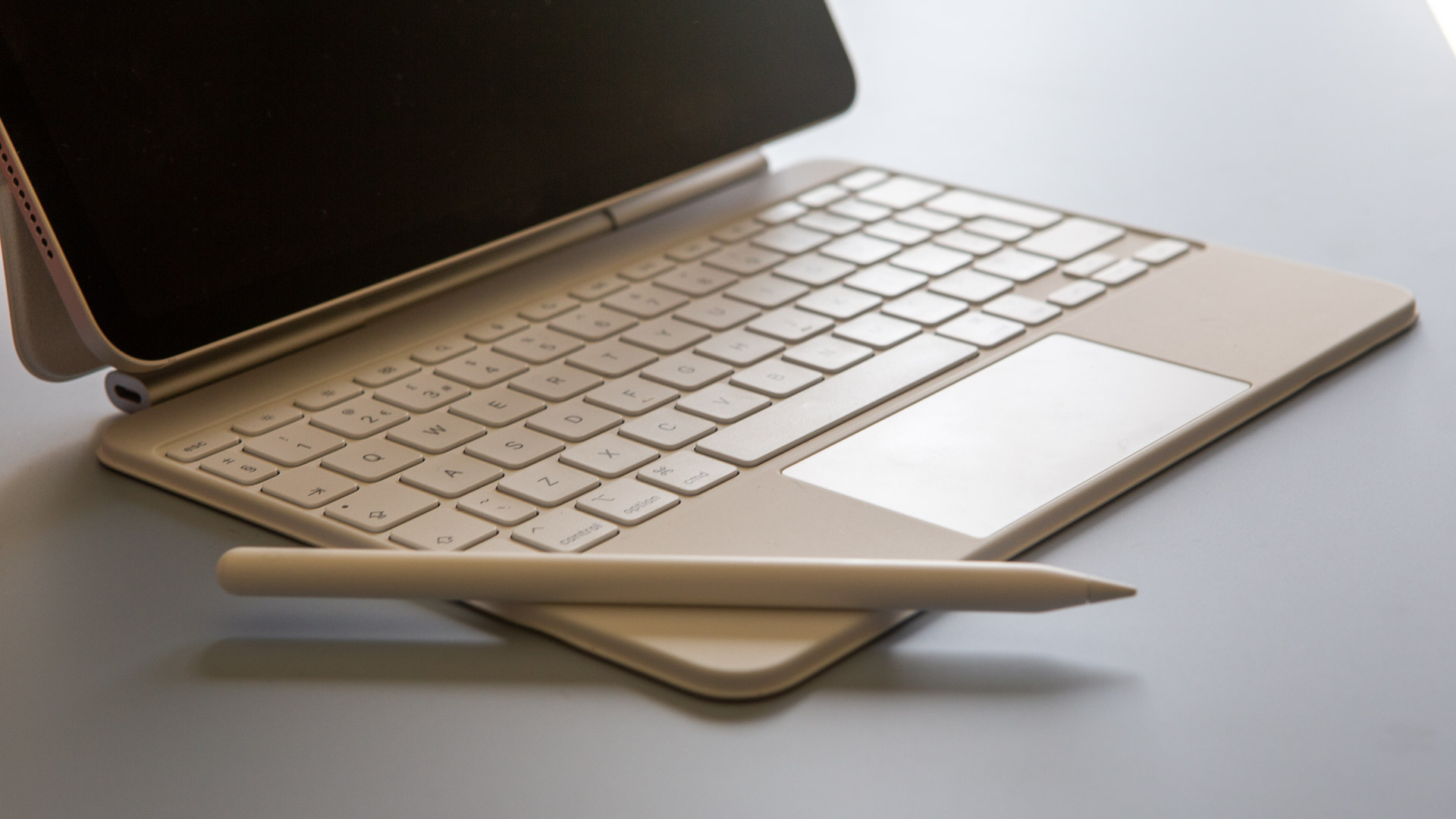
Accessories
It’s the accessories for the iPad Air M3 that transform this device from a regular tablet to something with both creative potential and MacBook possibilities. First let’s look at the cases.
There are two main options that Apple offers for protecting your iPad Air, the first is the Smart Folio. This provides a cover for both the front and back of the device and comes in a choice of four colours (light violet, denim, charcoal grey and sage). The front cover folds back in three sections, allowing it to work as a desk stand with four angles of elevation.
The more advanced option is the Magic Keyboard. This also provides cover for the back and front. However, the front cover is solid and features a built-in keyboard. Like the Folio keyboard, it attaches to the iPad magnetically, but the three pin connectors line up with those on the back of the iPad to provide connection for the keyboard, automatically turning off the onscreen keyboard.
This Magic Keyboard is a new design on last year’s version, as it now includes a row of function keys above the numbers, much like on a Mac. These give you quick access to brightness, volume and media controls. Side by side, it looks almost identical to the iPad Pro’s Magic Keyboard, except that it isn’t back-lit and doesn’t have haptic feedback on the trackpad.
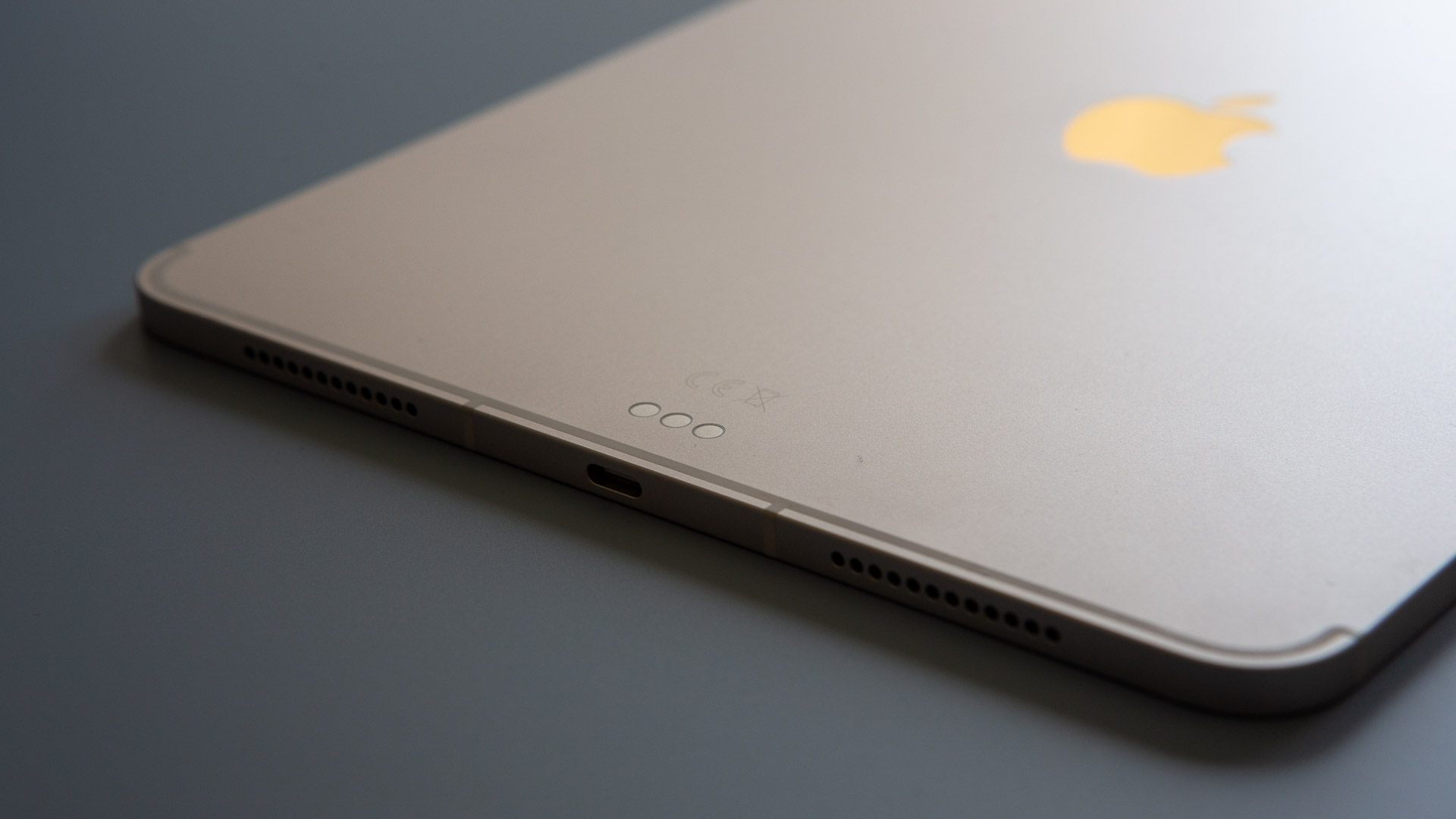
I did find the trackpad a little small on the 11-inch Magic Keyboard, and the half-sized plus and minus keys took some getting used to, but it is very usable, even for longer periods of writing (like this review). Ultimately, if you want to use the iPad Air M3 as a laptop replacement, you would probably pick the 13-inch model, for the keyboard as much as the larger screen.
The second major accessory is a stylus. There are two options that are compatible with the iPad Air M3: the Apple Pencil Pro and the Apple Pencil (USB-C). For basic drawing and note-taking, the Apple Pencil (USB-C) is more than capable, and as the name suggests, charges easily through USB-C.
Apple Pencil Pro has a number of advantages, though, if you are looking to use it creatively. The biggest factor is pressure sensitivity, allowing you to alter the brush based on how hard you press. It also has barrel roll sensitivity, which allows you to use the stylus like a calligraphy pen or angled brush. There’s also a quick menu that you can access via a squeeze of the pencil, a double tap to change tools and haptic feedback.
The fact that the Apple Pencil Pro also charges wirelessly when attached the side of the iPad also makes it easier to keep the charge topped up. The Apple Pencil (USB-C) also attaches magnetically but won’t charge that way.
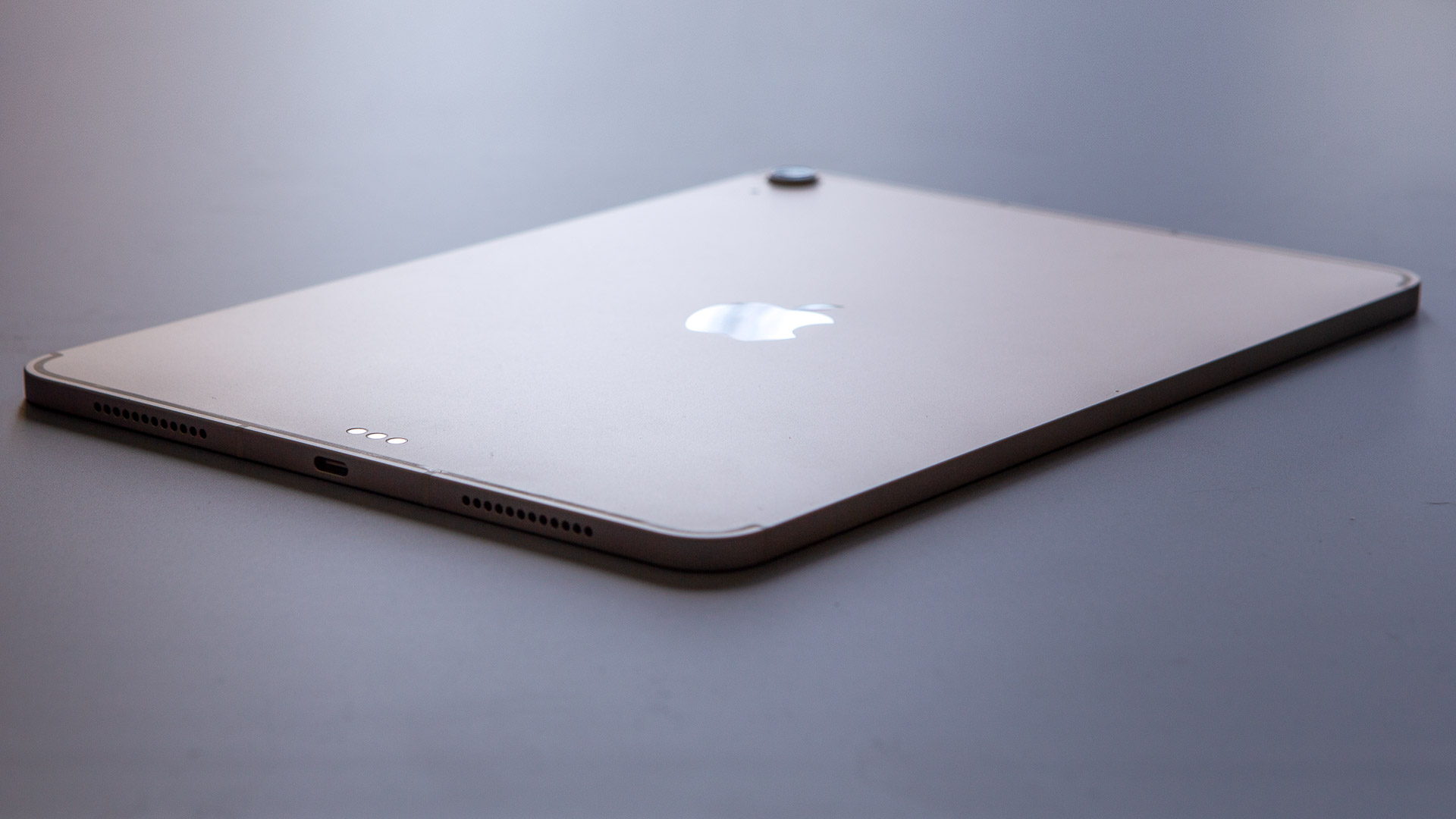
Performance and battery
It’s the performance which is the main update from the previous M2 model. To test just how much better the M3 chip is, I ran the Geekbench 6 benchmark tool on the device. The step up from the M2 to the M3 in terms of CPU performance is significant.
The M3 model has a multi-core score of 11606, compared to an average of 9789 for the M2 version. On the graphics side, the difference is smaller but still significant. The M3 has a metal test score of 45954 compared to 42001 on the M2.
For most users, you probably won’t notice that difference. The M2 is already an extremely powerful chip for this device. However, if you’re upgrading from an older iPad, you will notice how much faster this model is, from general use to heavy processing in apps such as Final Cut Pro and Logic Pro.
Battery life remains the same on the iPad M3 as it was on the M2 model. You get 10 hours of general Wi-Fi operation, or nine hours on cellular. This is one area where the iPad falls down against a MacBook. The MacBook Air offers up to 18 hours of battery life, and the MacBook Pro up to 22 hours.
In practice, though, I found the iPad Air M3 does hold its battery life pretty well. Over a couple of days of gentle use, I’ve seen the battery drop down to 60%, and even when watching films on flights, I didn’t have to worry about plugging the device in.
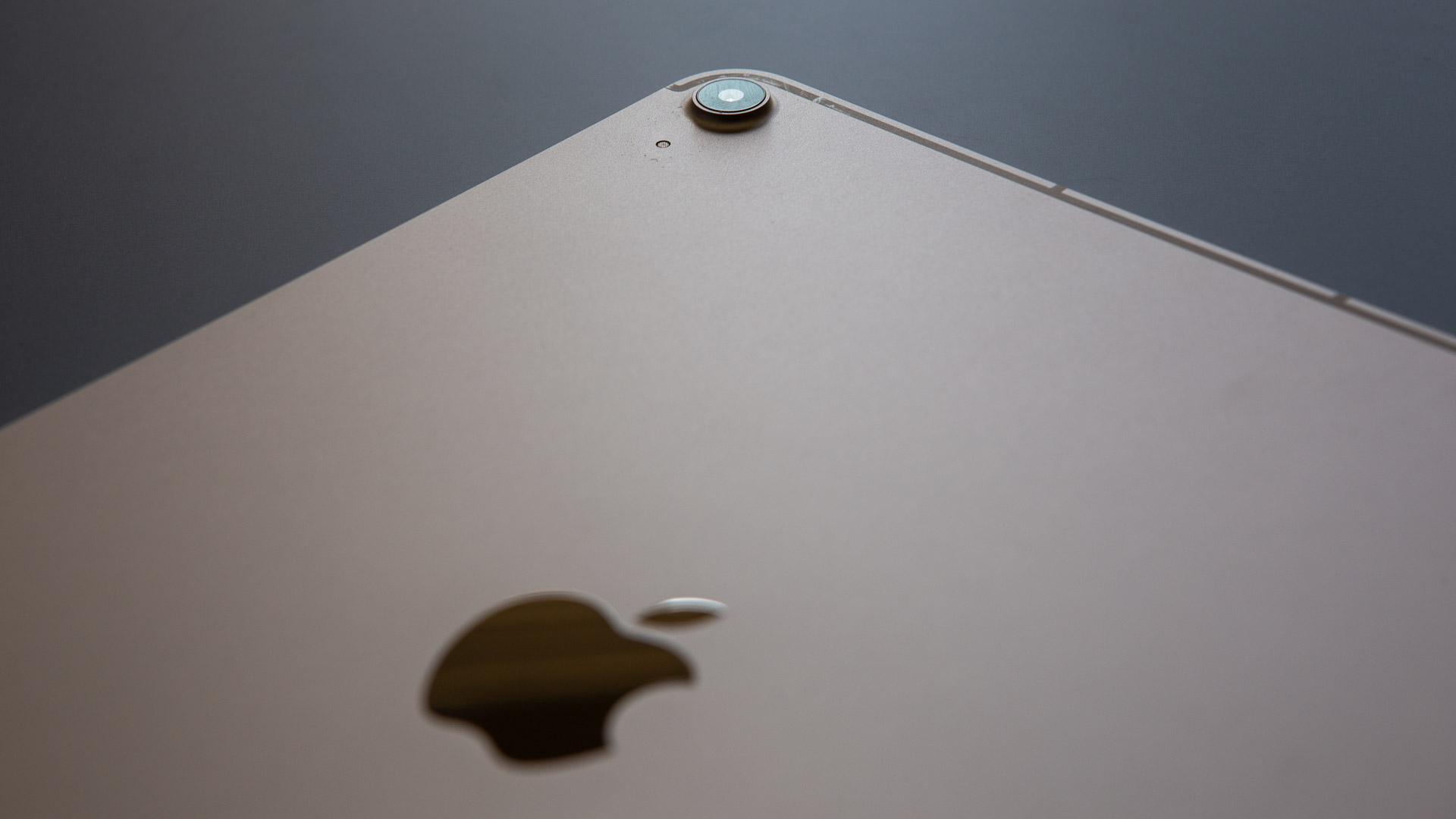
Should I buy the iPad Air M3?
For most users, the iPad Air M3 represents the most sensible choice of iPad to buy. There’s a considerable jump in performance from the entry-level iPad (A16), and the iPad mini is certainly too small to be any form of laptop replacement.
While the Air isn’t the thinnest or lightest of the range, the price difference between it and the Pro models means that despite the faster chip and superior screen, it’s not worth paying the extra for the iPad Pro. In fact, the iPad Air M3 has a truly impressive performance that outstrips many laptops.
It wins on creativity, too, thanks to the Apple Pencil Pro compatibility and general touchscreen ability. You really can use this as a graphics tablet for illustration, painting or sketchwork. It’s also ideal for photo, video and audio editing, using one of the iPad versions of the professional programs.
I love the compactness of the 11-inch iPad Air M3, though its still the 13-inch model that offers the promise of a true alternative to a MacBook. The new Magic Keyboard is really impressive, if not quite as good as the one for the iPad Pro. Once again, the biggest limitation here is the way that iPadOS works, even with Stage Manager.
I would really like to see Stage Manager develop into a macOS Lite. Especially on the larger 13-inch iPads, it would work brilliantly and there’s more than enough power here to run a more in-depth OS.
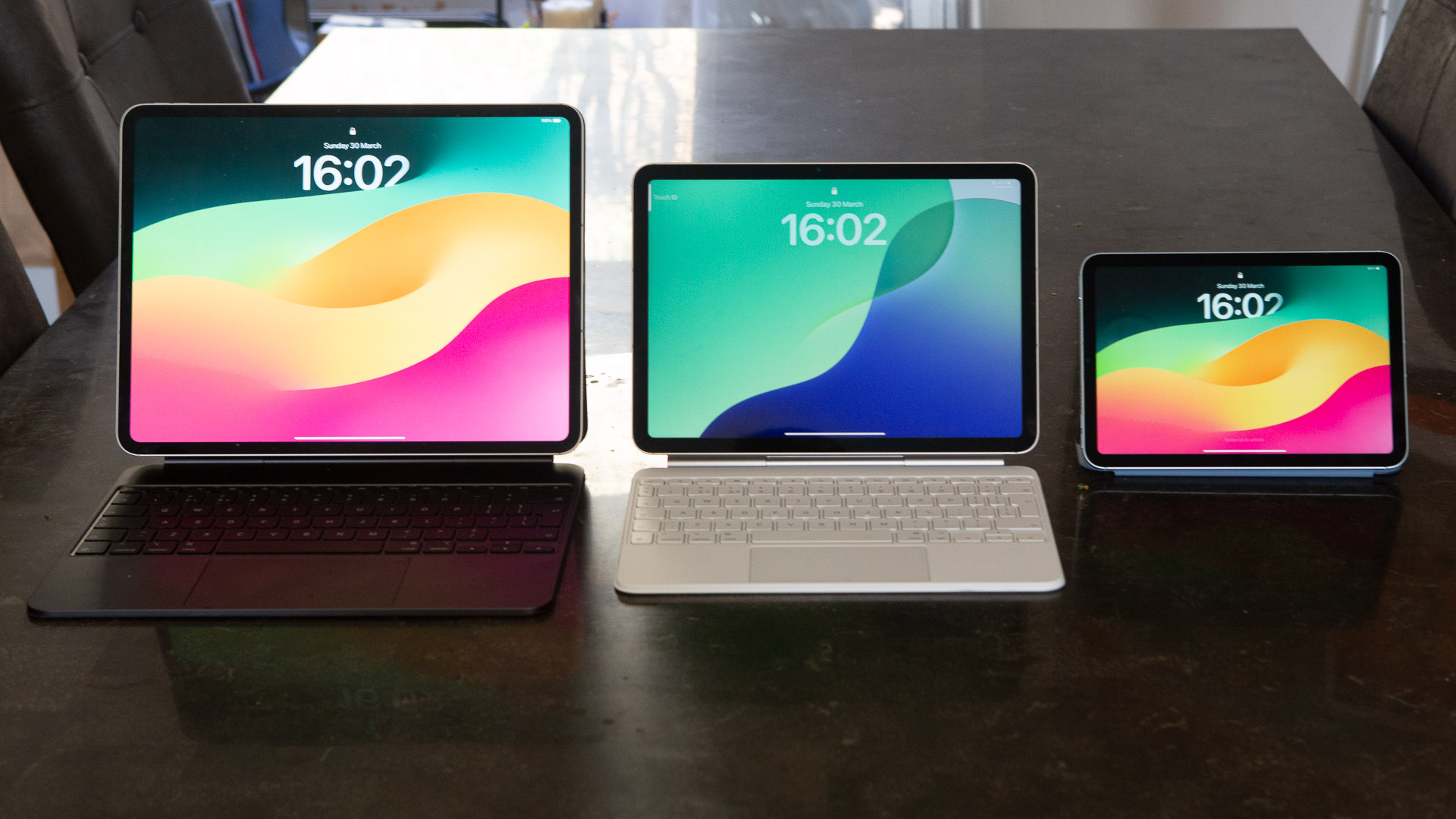
(left to right) iPad Pro M4 13-inch, iPad Air M3 11-inch, iPad mini A17 Pro
Also consider
This review really covers both the iPad Air M3 11-inch and 13-inch models, but the best alternative to the 11-inch model is the 13-inch model. It costs £200/$200 more, but that screen feels so much bigger, and combined with the larger keys on the Magic Keyboard, it provides a more laptop-like experience.
Of course, if you really want the best iPad experience, the iPad Pro M4 steps things up a notch. Not only is the screen far superior, it’s faster, thinner and lighter too, making it a real workhorse of a machine that you could take anywhere.
For those who don’t want a laptop replacement, and actually just want a second machine for browsing the web, watching films and gaming, the iPad mini A17 Pro is also worth considering. It’s considerably smaller but it’s a big step up from using your phone, and the A17 Pro chip is still capable of Apple Intelligence features.

As T3's Editor-in-Chief, Mat Gallagher has his finger on the pulse for the latest advances in technology. He has written about technology since 2003 and after stints in Beijing, Hong Kong and Chicago is now based in the UK. He’s a true lover of gadgets, but especially anything that involves cameras, Apple, electric cars, musical instruments or travel.
You must confirm your public display name before commenting
Please logout and then login again, you will then be prompted to enter your display name.